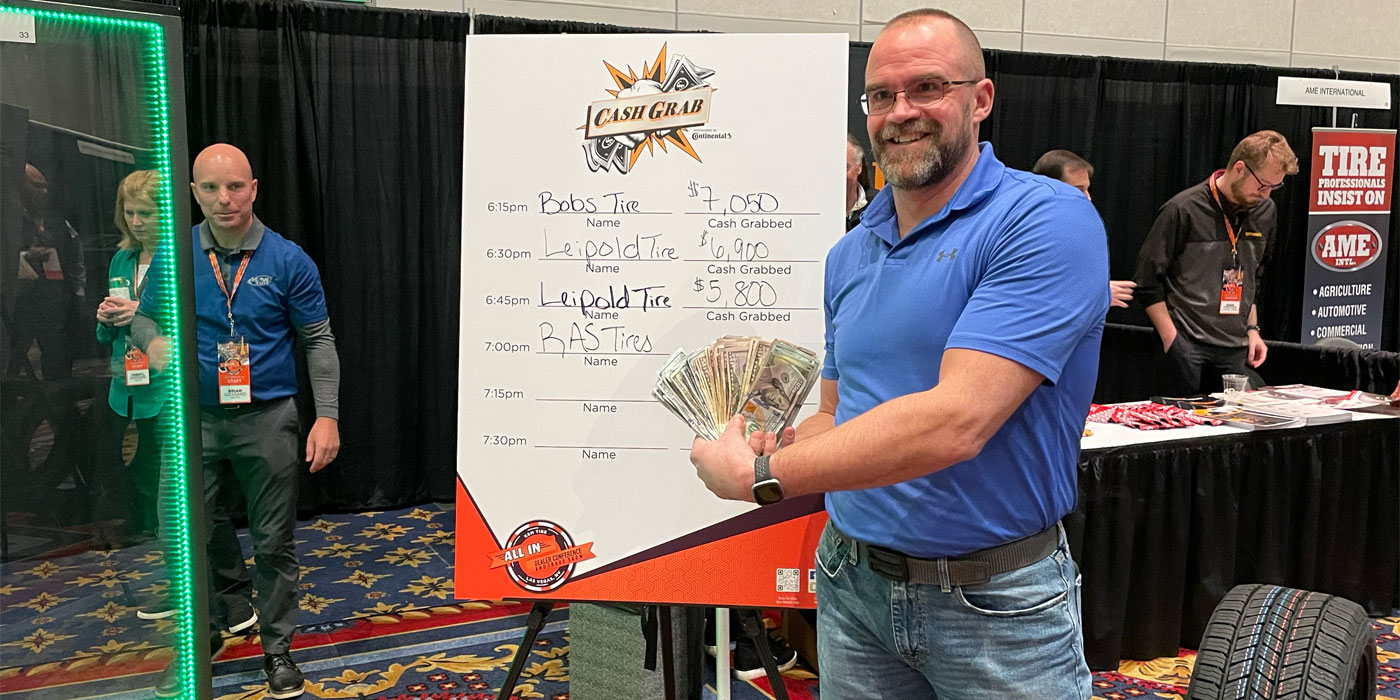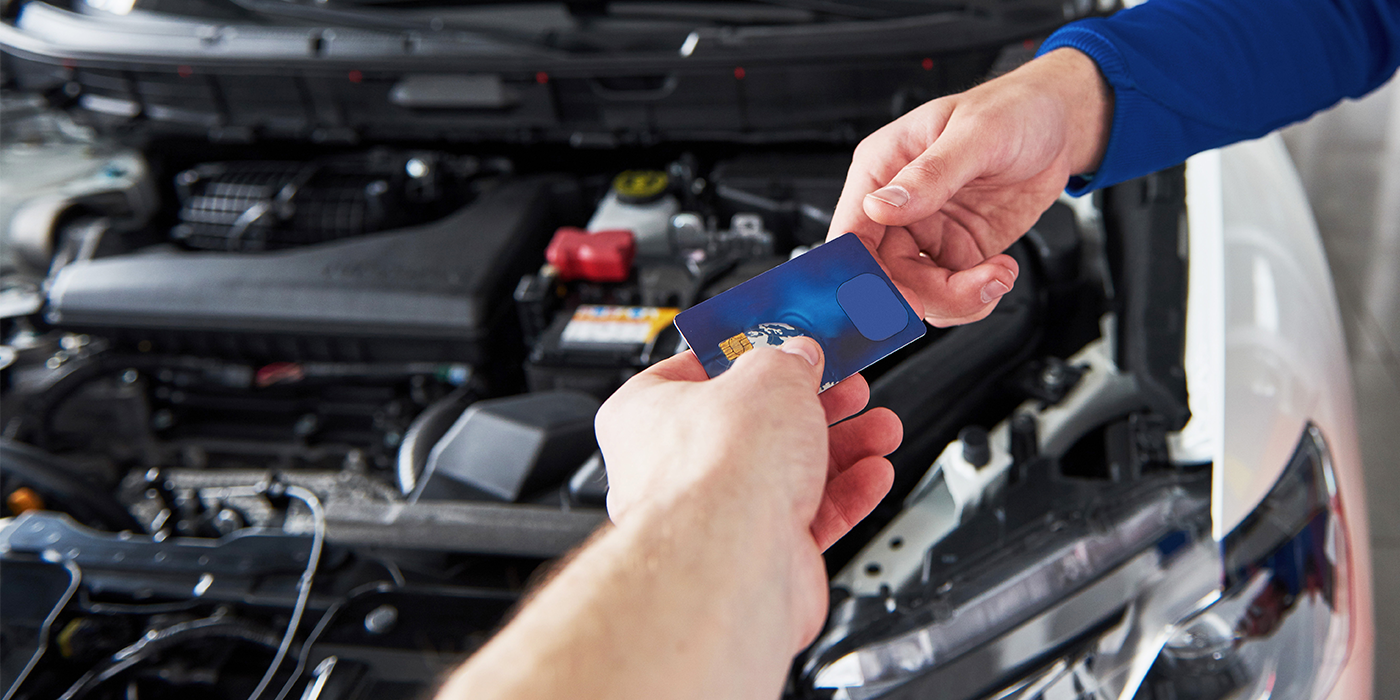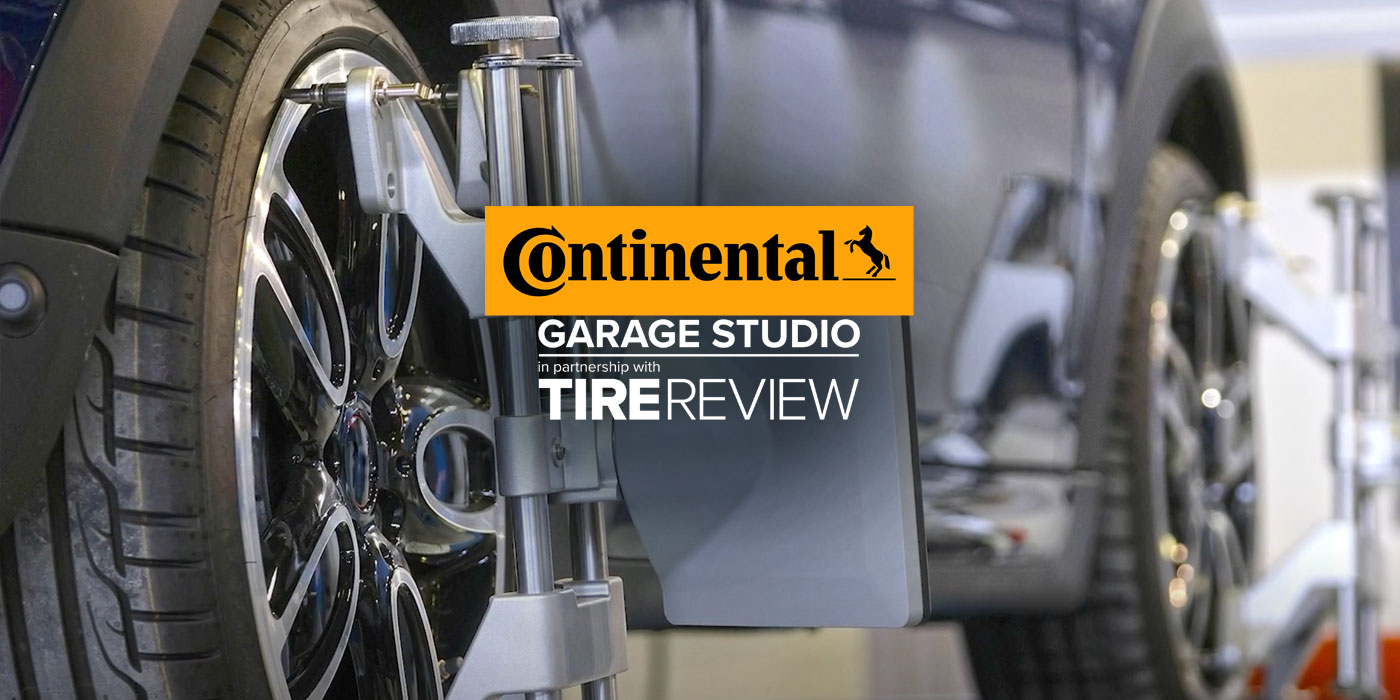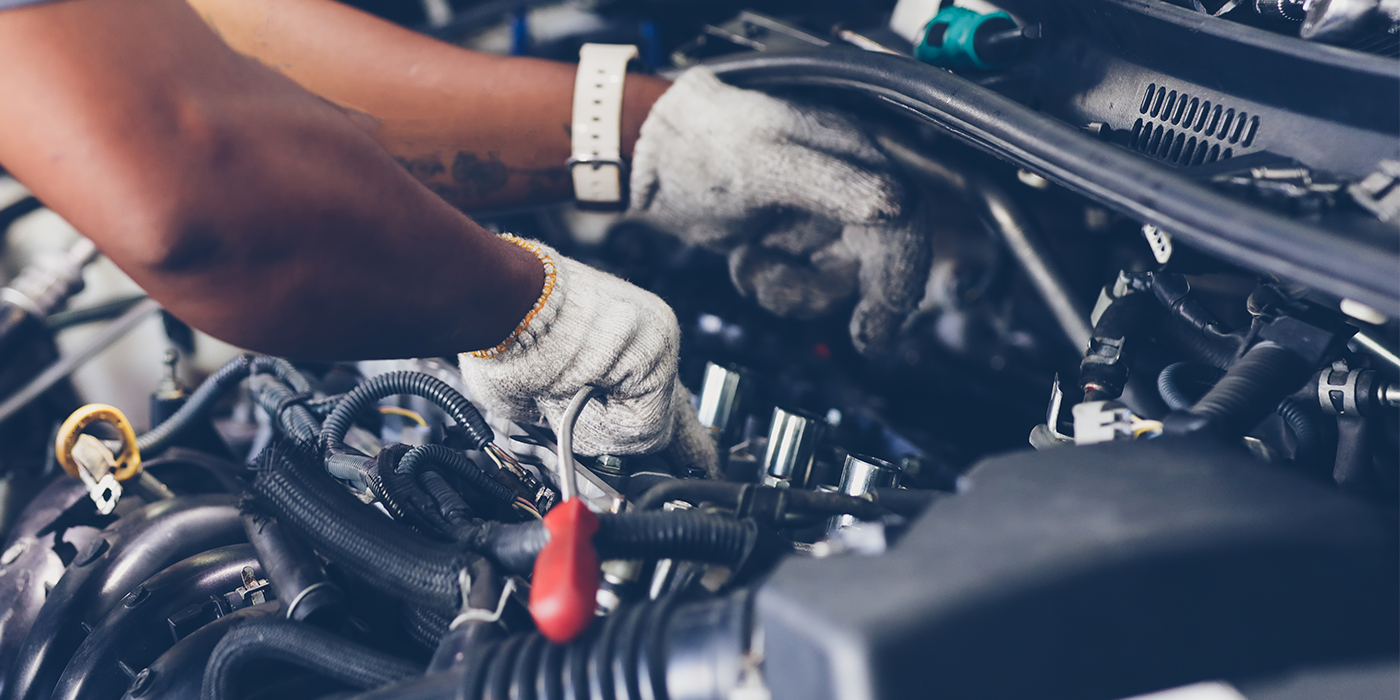We’ve all heard other’s good news, usually shouted loudly – “Our sales are at an all-time high!”
“Yeah, yeah, tell someone else who cares,” you think to yourself.
But, won’t increased sales take you down the path of profit, wealth and prosperity? Well, yes and no. Let me illustrate my point.
Let’s suppose Bob’s Garage had the numbers shown in Figure 1 (see below) for his shop in 2018. The shop’s Corporate Goals and Objectives state that it is looking to grow sales by more than 19% in 2019, the next operating year. First, the shop has to calculate what that growth looks like using, for example, a 19.3% growth rate.
To do that, the shop would multiply its gross sales, cost of sales, gross profit, expenses and net profit by .193 and add that number back to the respective 2018 category on its income statement. It’s a simple formula.
Let’s take, for example, the 2018 net profit, which is $9,106. The formula to calculate 19.3% growth for the shop’s net profit is as follows: $9,106 x .193 = $1,757. That means a 19.3% increase in sales nets us a whopping $1,757 more profit. Wow!
Now, let’s look carefully at the “bottom line” impact. Add the percent increase back to 2018’s net profit: $1,757 + $9,106 = $10,863. That means with a 19.3% increase in sales, Bob’s Garage should have a net profit of over $10,000.
Next, you can use each number from 2018’s income statement and calculate it as a percent of sales.
For example, let’s find the percent of sales that goes into paying the expenses for Bob’s Garage. To do that, take 2018’s gross sales divided by 2018’s expenses: $419,191÷ $153,436 = 2.73. Then divide that number into 100, which is the percent of gross sales: 100 ÷ 2.73 = 36.63, which rounded up gives you 37%.
Now, Bob’s Garage knows that it uses 37% of its sales to pay for its total operating expenses, whether the shop makes $1 or $1 million.
Once you’ve calculated these numbers, it’s time to talk about how exactly you can achieve your sales goals.
Achieving Gross Sales Targets
Let’s have a closer look at what it would take to grow your business by increasing your sales. There are a lot of misconceptions about how you can do this. Perhaps the most common is to raise the shop’s existing labor rate. This is sure to increase total revenue, isn’t it? Well, maybe yes, maybe no. Here we go with the ambiguity again. In theory, it should, all else being equal. Below are just a few ways to increase gross sales:
• Charge more per hour
• Get more done per hour
• Sell more parts
• Sell more service
• Charge for shop supplies
• Charge for hazardous materials
• Increase your car count
• Raise the average dollar sale per repair ticket
• Sell new services
• Open your shop earlier
• Close later
• Open shop on Saturdays (if you aren’t already)
• Open shop on Sundays
• Keep your shop open 24-hours per day
Choosing one of these ways to increase sales can help in the long run. You can run the numbers to see what would be most effective for your shop in 2019. But be realistic about achieving your gross sales targets. In almost every instance I’ve asked shop owners, “What are your potential total sales?” I hear some unrealistic number, either way high or way low. So, let’s take a look at Bob’s Garage again and see what the shop should be capable of generating in total sales.
Looking at Figure 2 (on right), we break down Bob’s Garage’s shop statistics to determine its potential sales capacity. Note that to get these numbers, this example uses those based on the number of workdays per year in 2017. You can play with these categories, putting in your own shop’s numbers. But for now, let’s delve into some of the ways a shop can increase its gross sales. We’ll continue to use Bob’s Garage as an example.
Increasing Your Labor Rate
In Figure 3 on page 37, you’ll see exactly the same numbers as in Figure 2 above – same parts/labor split, same shop and the same number of technicians. You’ll also see the same goal: $500,000+ in gross sales. The only difference is we’re going to change the labor rate from $60 to $68 per hour. Here’s what happens:
• We only need to sell about two more labor hours per day.
• And, each of the two technicians needs to only produce about one more hour per day.
So, you’re telling me, that to take my business from $419,191 gross to $500,000, I only have to raise my labor rate from $60 to $68 per hour, and my techs only have to crank out just about one to two hours per day more than usual? Hmmm. Well, again, there’s more to it than that. Let’s explore other ways to increase gross sales.
The Power of KPIs: Meaningful Ways to Measure Your Shop’s Performance
Increasing Car Count
One way we mentioned earlier to increase sales is through car count. So, let’s take a look.
We’ll keep Bob’s Garage’s current car count at 1,677 as seen in Figure 2 (on page 35) and also use the number of operating days in 2017 at 286, also seen Figure 2. We’ll use the current total sales at $419,191, as seen in Figure 3 (on page 37) and use the same target gross sales number, $500,000.
If we’re currently working on around six cars per day (5.9) at an average repair order ticket of just $250 each, you would have to bring in about one more car per day. That’s really not difficult, and as the math shows, that will get you to your target objective of $500,000+ in sales.
Changing Your Sales Target
Maybe you want to even further increase your sales target. Let’s bump it up to 20%. Could a price increase instead of an increased car count help you meet your $500,000+ sales target?
Let’s do the math: If the average sale per ticket was increased by 20%, then your average sale per ticket would be $299.96. Then, your car count would only need to be 1,667 cars annually.
Another example: To hit your sales target of $500,000 with an increase of 19.28%, you can increase your average ticket price by $50 or 20.1%. That way, you could decrease your car count by 10 cars.
So, what else can you find out about your shop by using these charts? Delve into the numbers, and pretty soon, you’ll have a better grasp on the best way you can increase sales and revenue in your shop.
Read the January 2019 issue of Tire Review
W. Scott Wheeler is founder and president of the Automotive Consultants Group Inc. He is a shop management expert with more than 36 years of experience in the automotive, trucking, heavy-equipment, marine, motorsports and defense aerospace industries. He can be reached at [email protected] or
404-290-2244.














